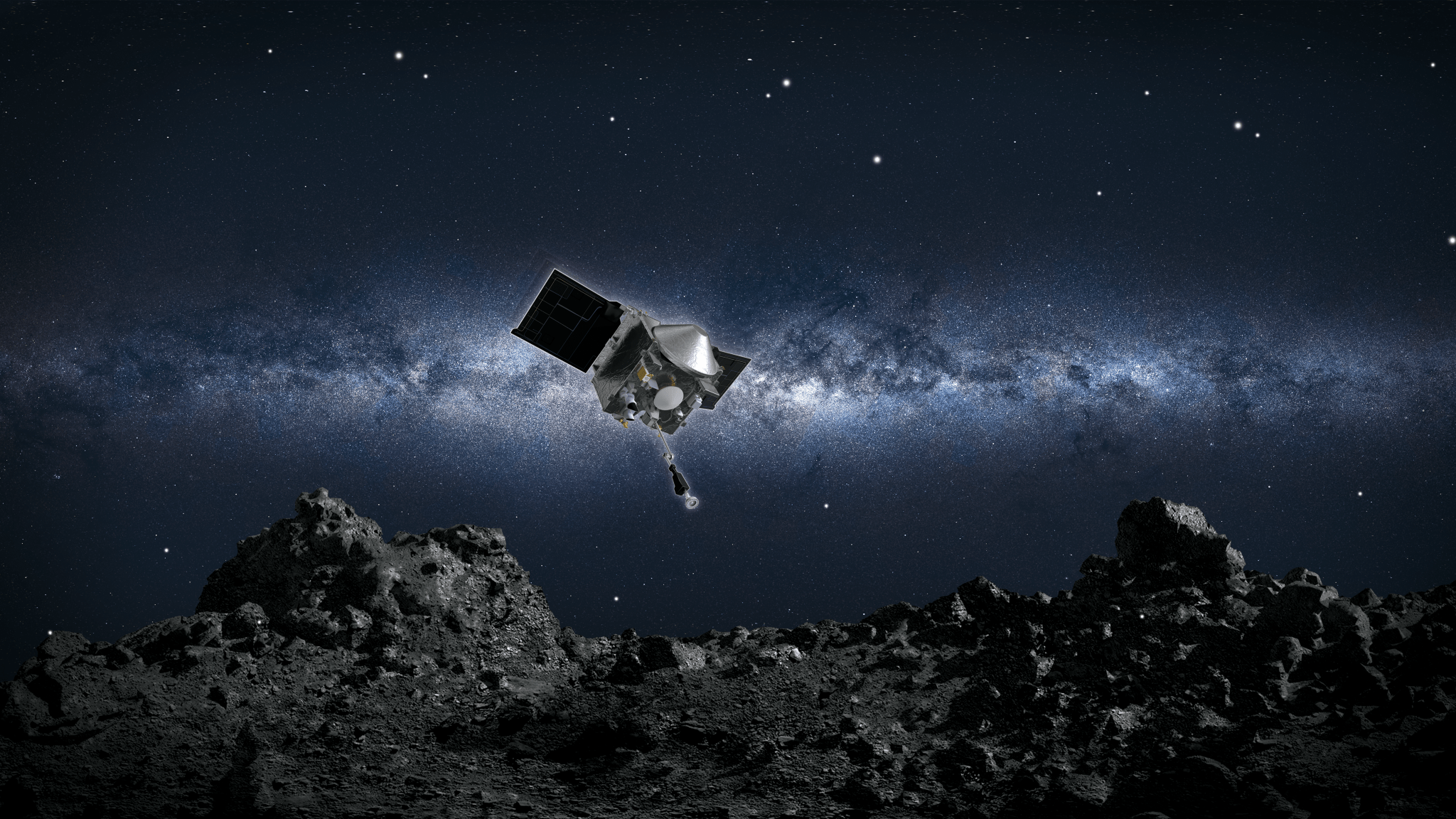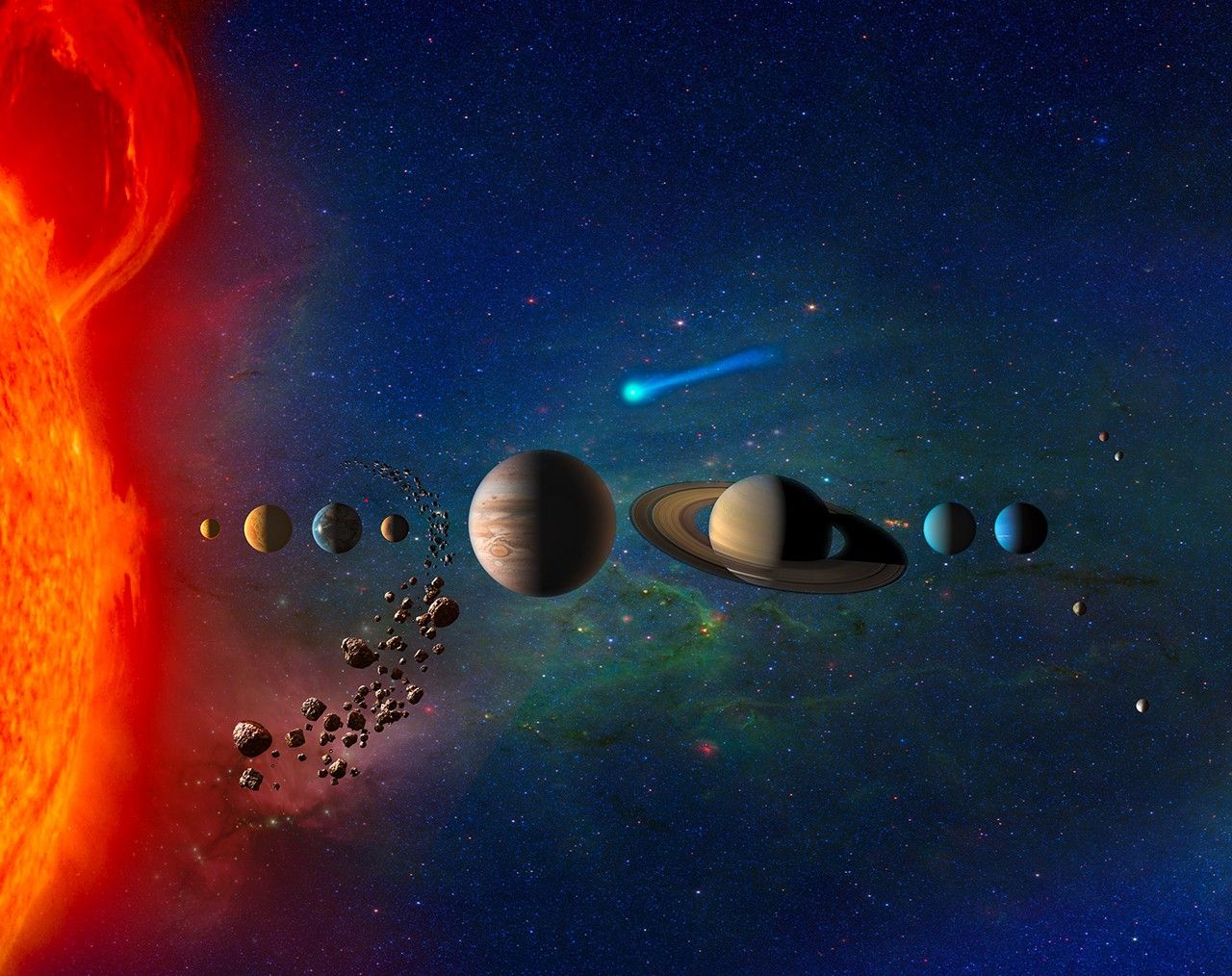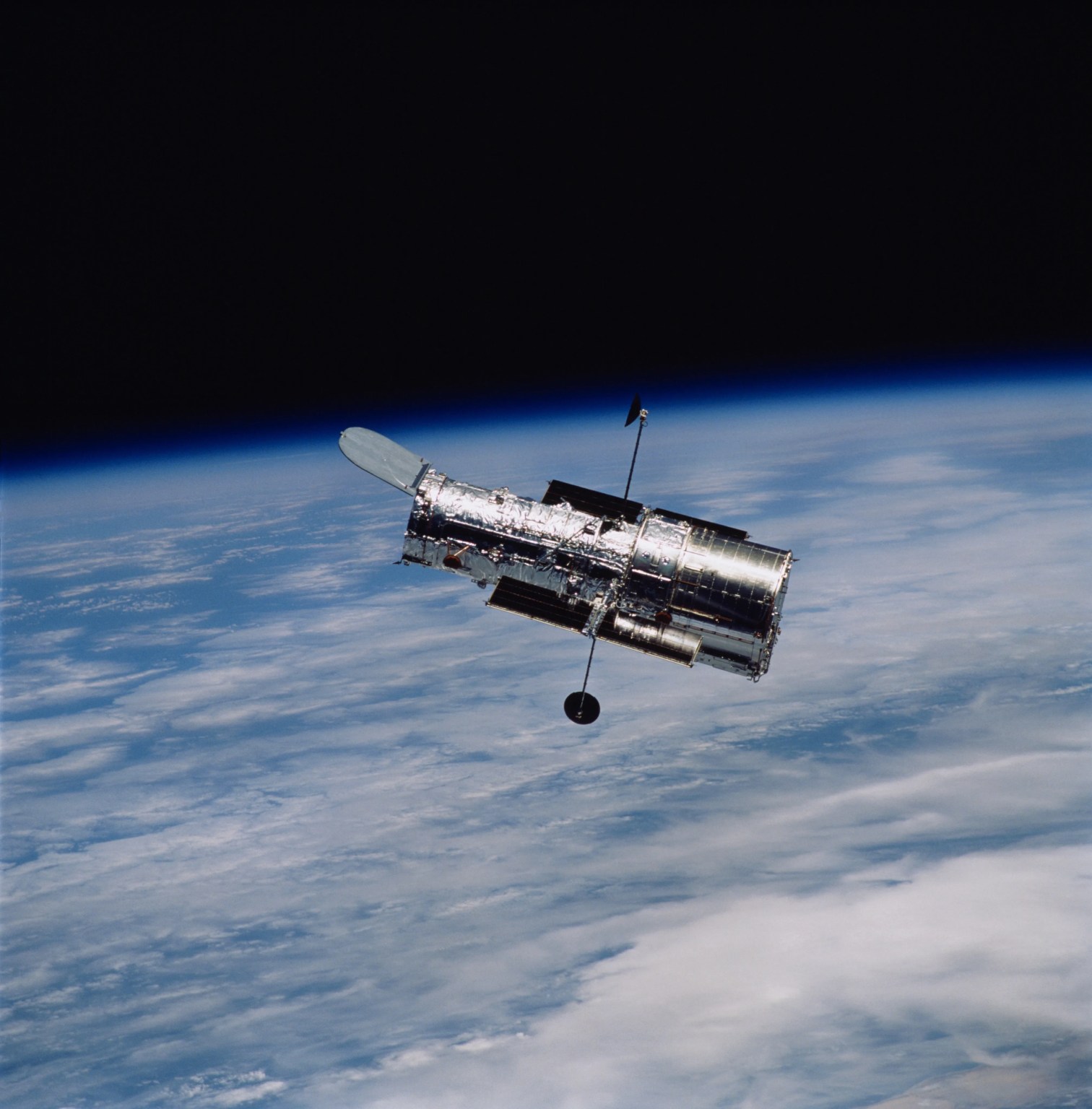Join the Mission
In addition to the resources on this page, follow updates on OSIRIS-REx at @NASASolarSystem on your preferred social media platform, and read more on the NASA OSIRIS-REx Mission Blog.
OSIRIS-REx
Learn more about the OSIRIS-REx mission and its journey to deliver an asteroid sample to Earth.
Explore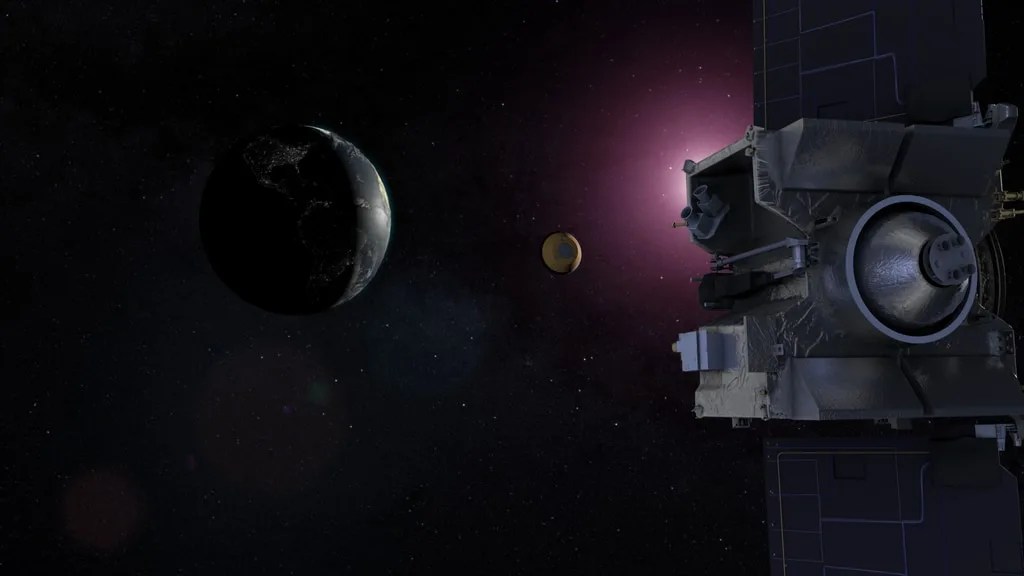
Highlights
Scientists Study Asteroid Bennu Samples
Studies of rock and dust from asteroid Bennu delivered to Earth by NASA's OSIRIS-REx spacecraft have revealed molecules that, on our planet, are key to life, as well as a history of saltwater that could have served as the "broth" for these compounds to interact and combine.
The findings do not show evidence for life itself, but they do suggest the conditions necessary for the emergence of life were widespread across the early solar system, increasing the odds life could have formed on other planets and moons.

Curating the Asteroid Sample
One of the goals of the OSIRIS-REx mission was to collect at least 60 grams of asteroid material. The total sample that the spacecraft delivered to Earth was 4.29 ounces (121.6 grams). Curation experts at NASA's Johnson Space Center, working in new clean rooms built especially for the mission, discovered bonus asteroid material covering the outside of the collector head, canister lid, and base. There was so much extra material, it slowed down the careful process of collecting and containing the primary sample.

Return to Earth
On May 10, 2021, NASA's OSIRIS-REx spacecraft said farewell to asteroid Bennu and began its journey back to Earth with the precious material it collected from the asteroid. The spacecraft successfully delivered the sample of Bennu on Sept. 24, 2023, with its sample return capsule landing at 8:52 a.m. MDT (10:52 a.m. EDT) in a targeted area of the Department of Defense's Utah Test and Training Range near Salt Lake City, Utah.
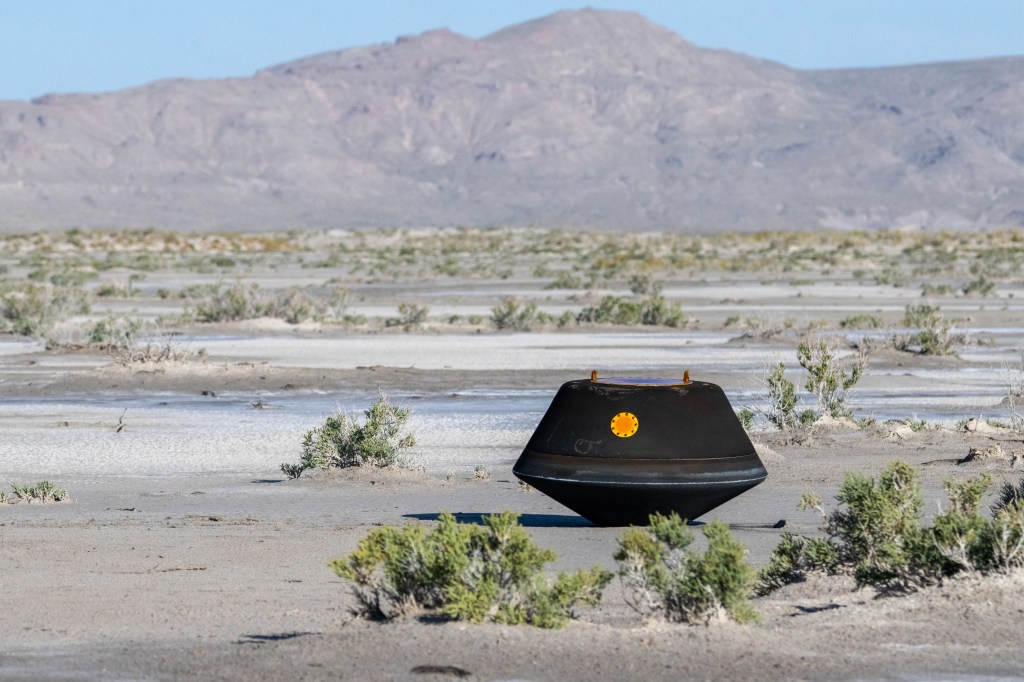
TAG Sample Collection
On Oct. 20, 2020, NASA's OSIRIS-REx spacecraft successfully touched the surface of the near-Earth asteroid Bennu and collected abundant material during the Touch-and-Go (TAG) sample collection event. The sampling event brought the spacecraft all the way down to sample site Nightingale, touching down within 3 feet (1 meter) of the targeted location.

Evening Launch for OSIRIS-REx
An Atlas V rocket traced a blazing arc into the Florida sky on Sept. 8, 2016, sending a small robotic explorer called OSIRIS-REx on its way to an asteroid. Scientists anticipate the mission will help us to better understand the early solar system, as well as the hazards and resources of near-Earth space.
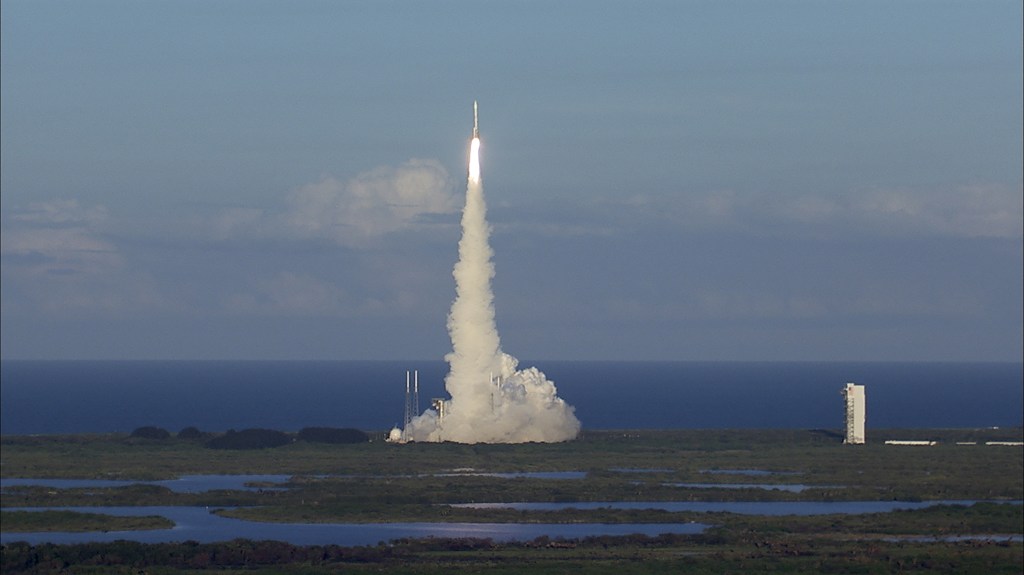
Mission Animations and Videos
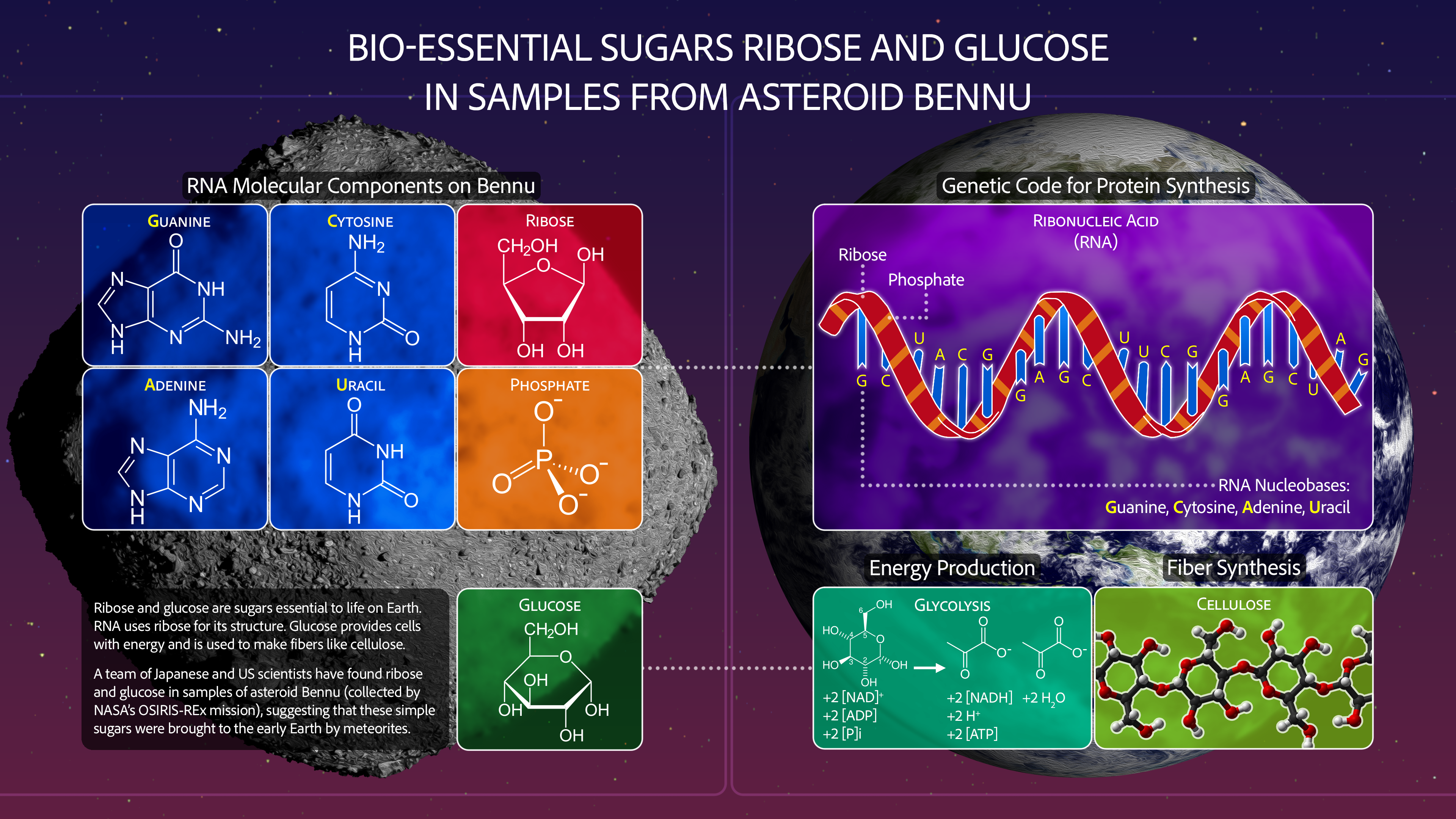
Bio-Essential Sugars Discovered in Samples from Asteroid Bennu
Learn from NASA scientist and OSIRIS-REx Co-Investigator Daniel Glavin as he discusses the discovery of ribose and glucose in samples from asteroid Bennu and the implications for the formation and evolution of life.
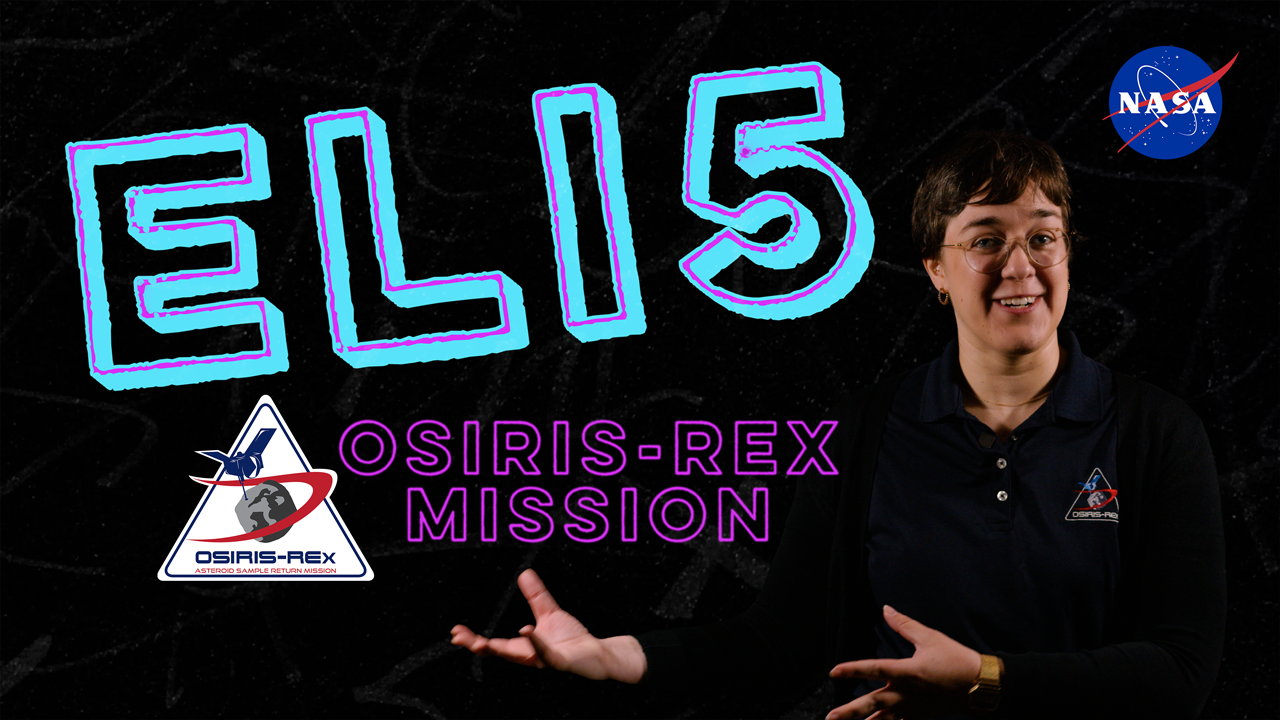
Explain It Like I'm 5: OSIRIS-REx
Life on Earth required a bunch of special ingredients to get started — but where did they come from? That's the big question NASA's OSIRIS-REx mission is helping astrobiologists answer.

NASA Finds Ingredients of Life in Fragments of Lost World
Discover how rocks from asteroid Bennu are revealing a lost world from the dawn of the solar system, with the right conditions to foster the building blocks of life.
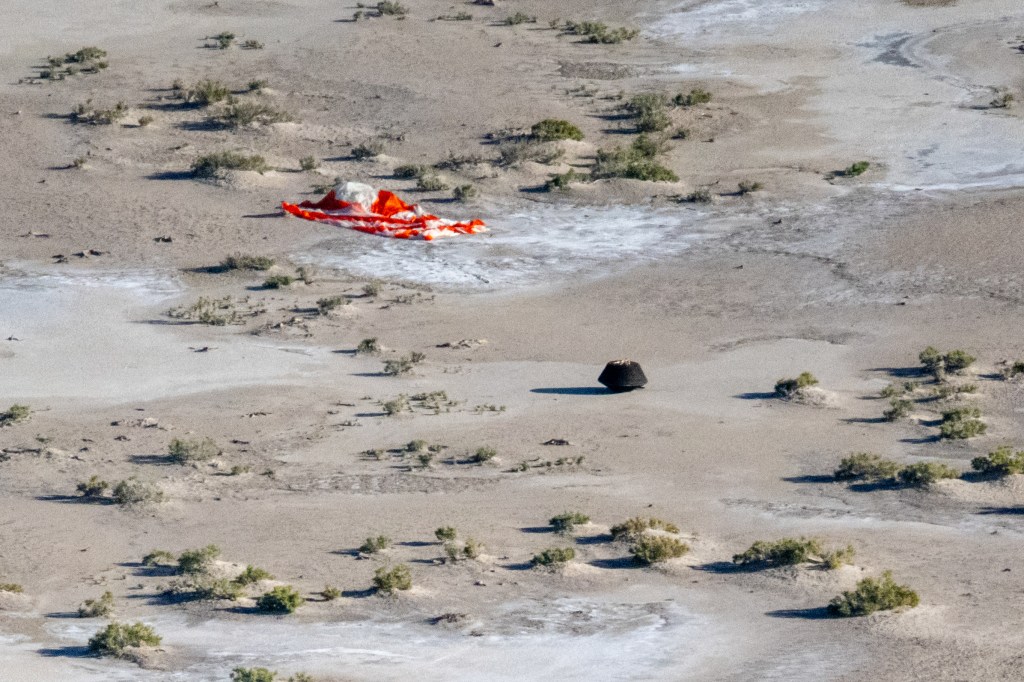
To an Asteroid and Back
Follow along with NASA's OSIRIS-REx team as they launch a spacecraft to an asteroid, collect a sample of asteroid Bennu, and bring it home to Earth.

Why Did NASA Choose Asteroid Bennu?
Learn about NASA's selection process for choosing the near-Earth asteroid Bennu as the target for the agency's OSIRIS-REx mission.
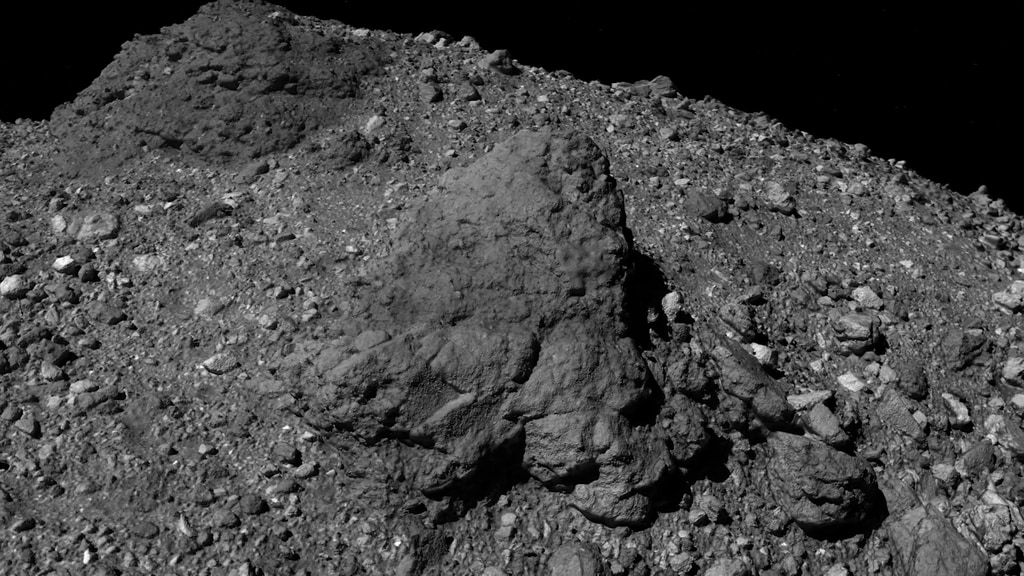
How NASA Will Study the Asteroid Bennu Samples
Learn how the asteroid samples collected by OSIRIS-REx will be curated and made available for scientists around the world to study for decades to come.
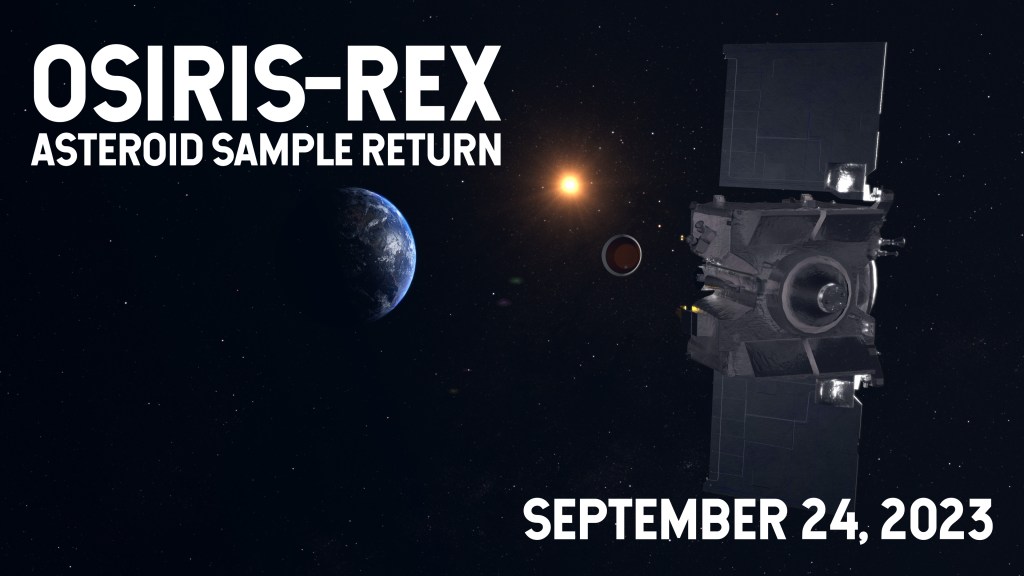
To Bennu and Back: Journey's End
Check out this overview of the OSIRIS-REx mission to deliver an asteroid sample to Earth.
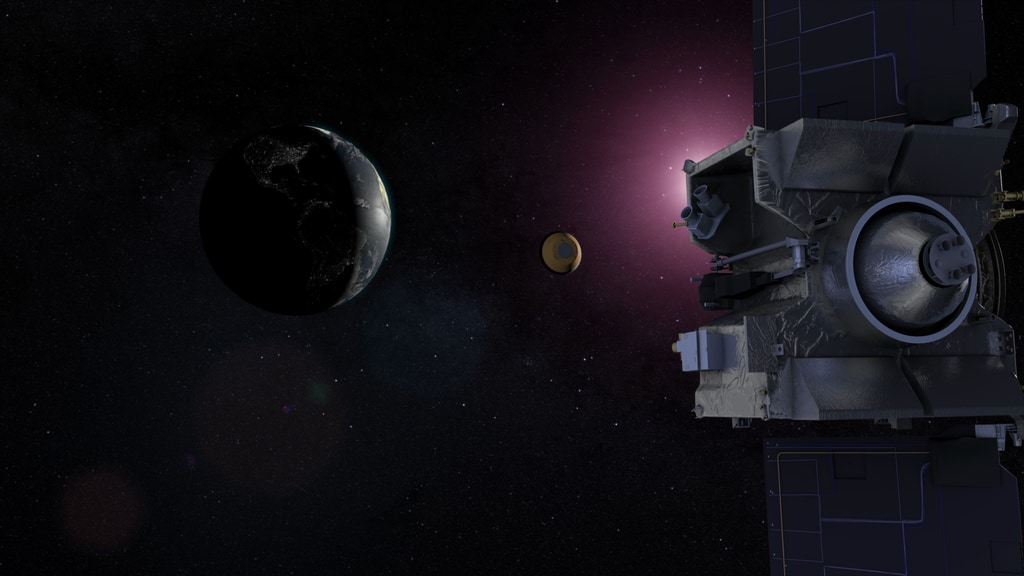
OSIRIS-REx Delivers an Asteroid Sample
Discover how the OSIRIS-REx sample capsule returned to Earth.
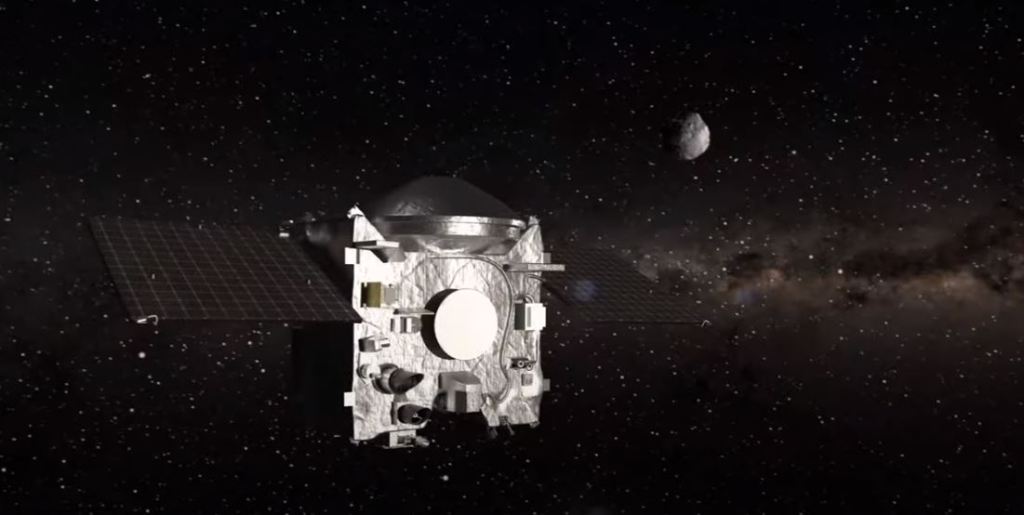
Heading Back to Earth
OSIRIS-REx completes its mission at asteroid Bennu and starts the journey back to Earth.
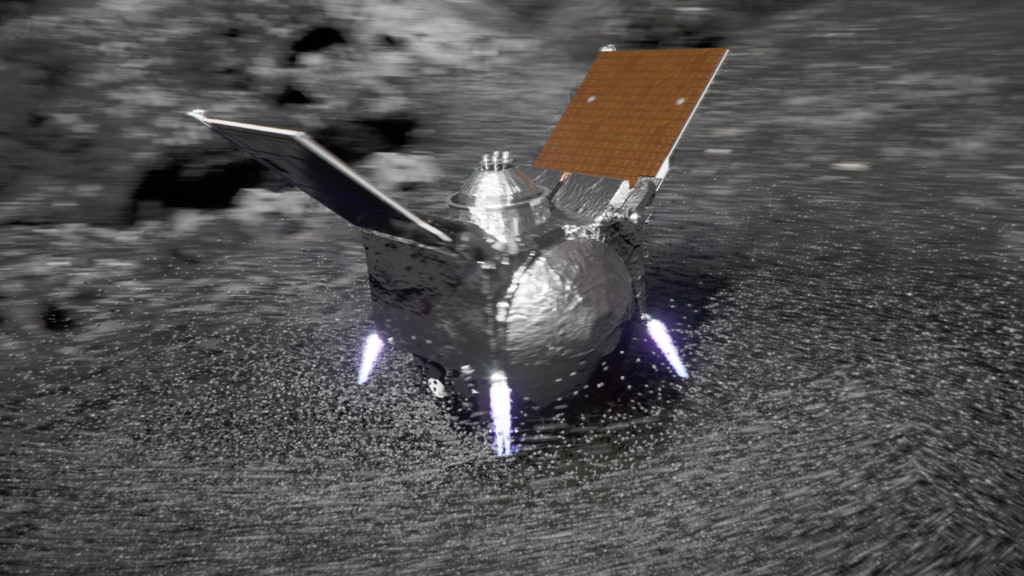
OSIRIS-REx 'TAGs' Bennu
Play-by-play animation of OSIRIS-REx's asteroid sample collection event.
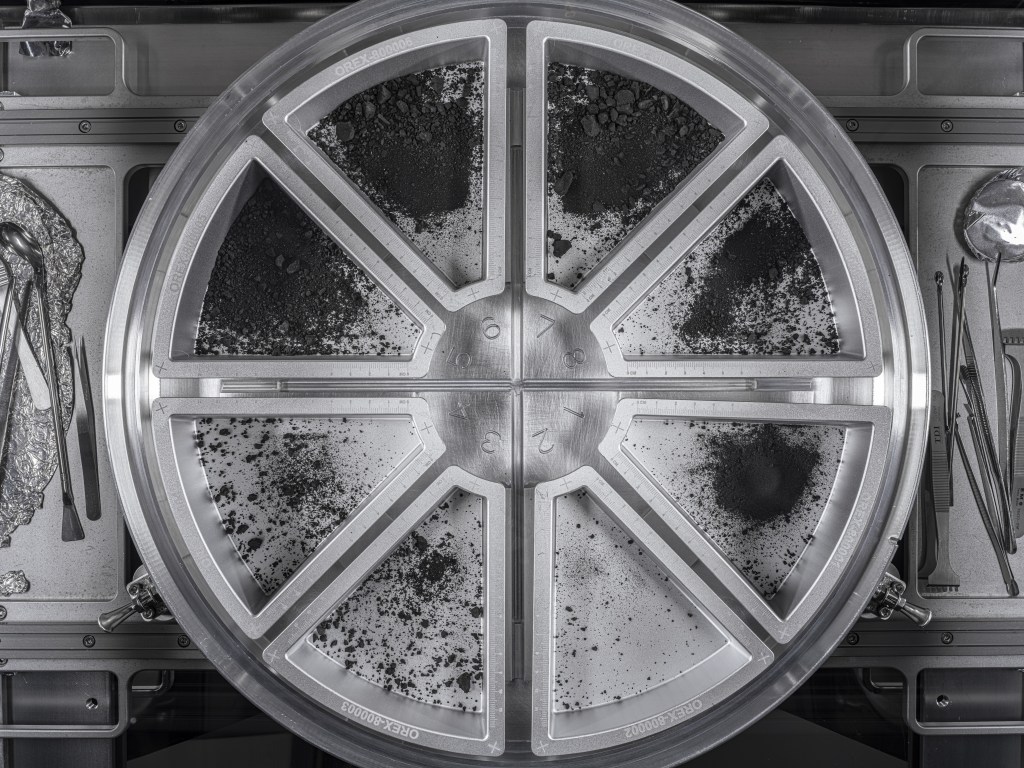
Looking for the Building Blocks of Life in Asteroid Samples
NASA Goddard research scientist Danielle Simkus discusses the planned laboratory analyses of OSIRIS-REx's collected samples.
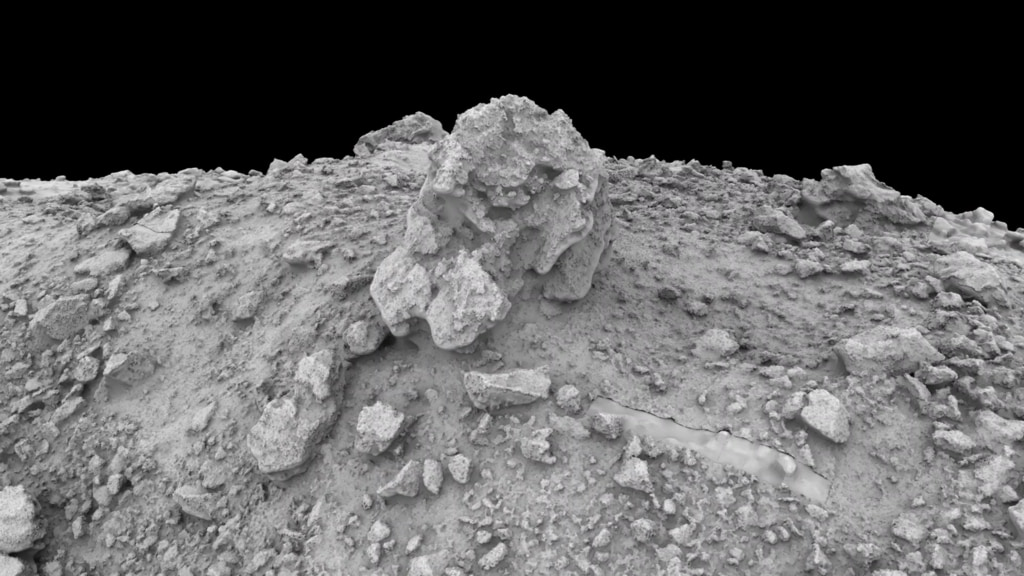
Tour of Asteroid Bennu
This 3D tour of Bennu was created using data and images from the OSIRIS-REx mission.
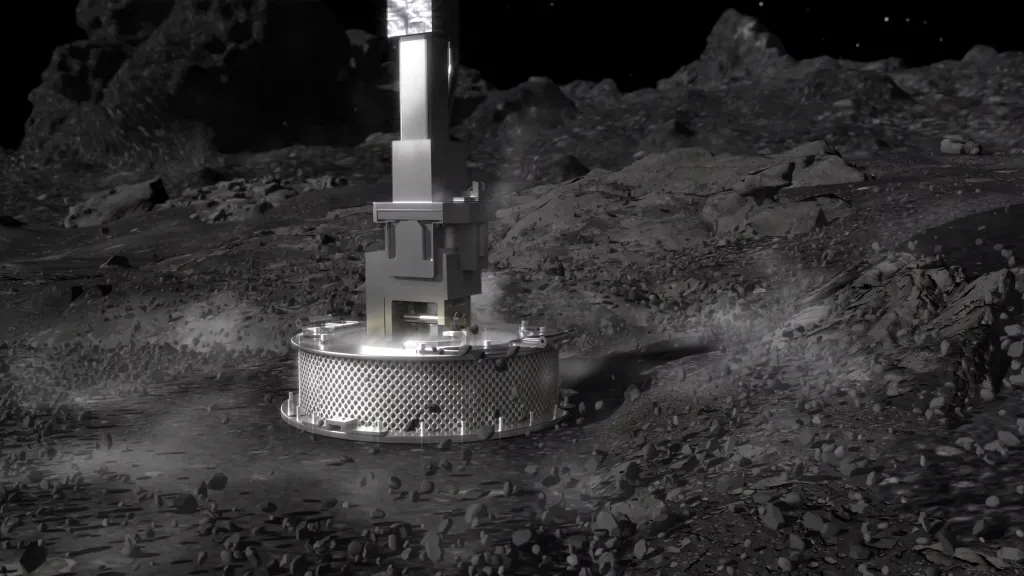
NASA's Scientific Visualization Studio's OSIRIS-REx Gallery
Explore this gallery for videos and animations relating to the OSIRIS-REx mission.
Related Videos
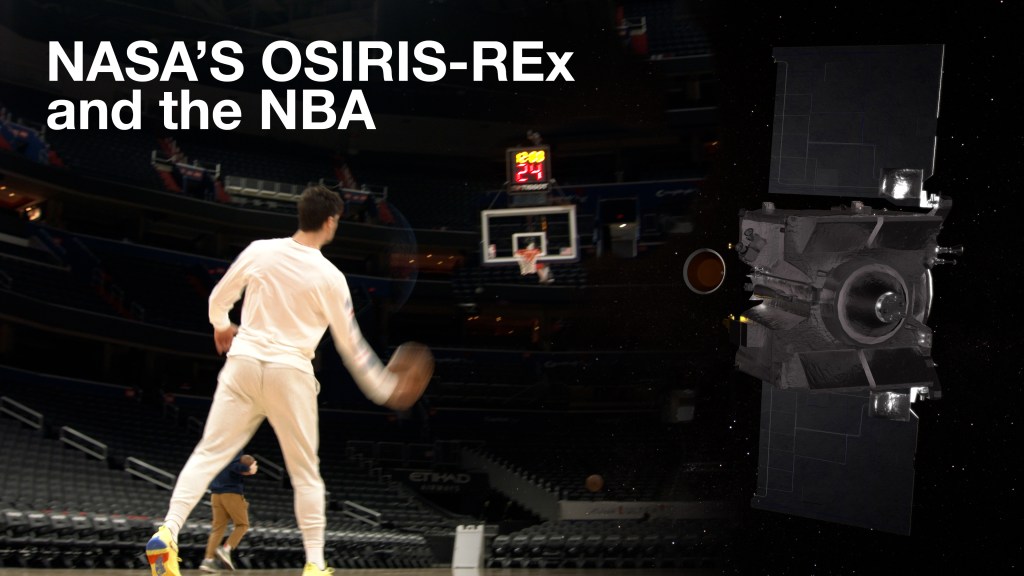
Epic Shot for the NBA and NASA
The perfect shot is tough to land, whether it's an NBA 3-pointer or a sample capsule.

How We Prepare: OSIRIS-REx and WNBA
Discover how an elite athlete and a NASA mission manager prepare for critical moments.
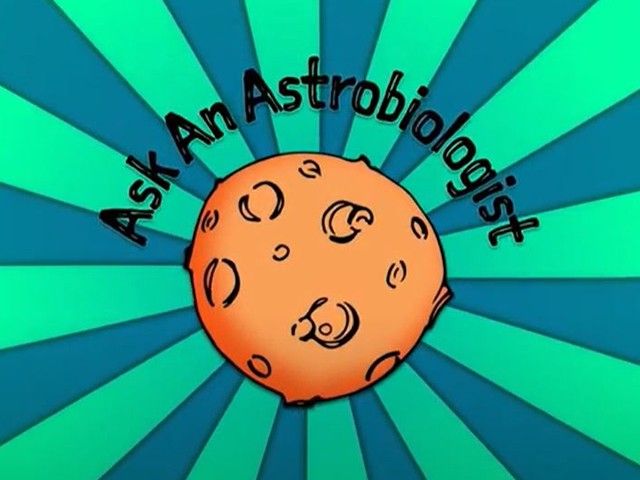
Ask an Astrobiologist
Scientists explain what asteroid Bennu can teach us about the origin of our solar system.
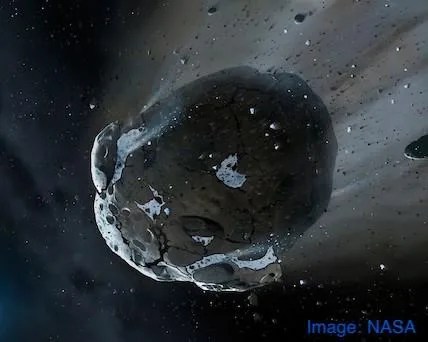
What You Need To Know About Asteroids and Other Near-Earth Objects
Learn how we find, track, and monitor near-Earth objects.
Images
View images of the OSIRIS-REx spacecraft and its journey to collect a sample of asteroid Bennu.
Explore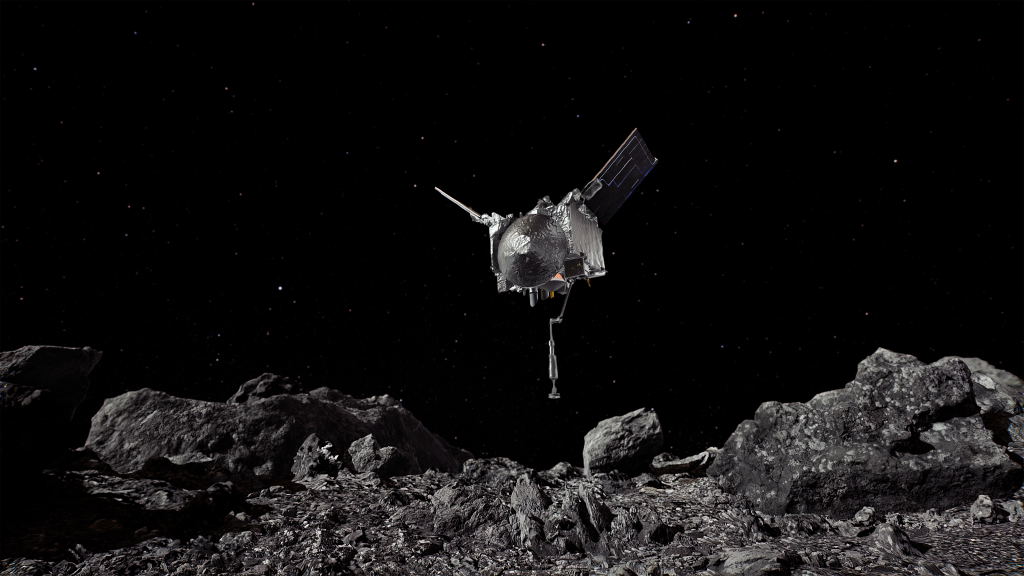
Activities
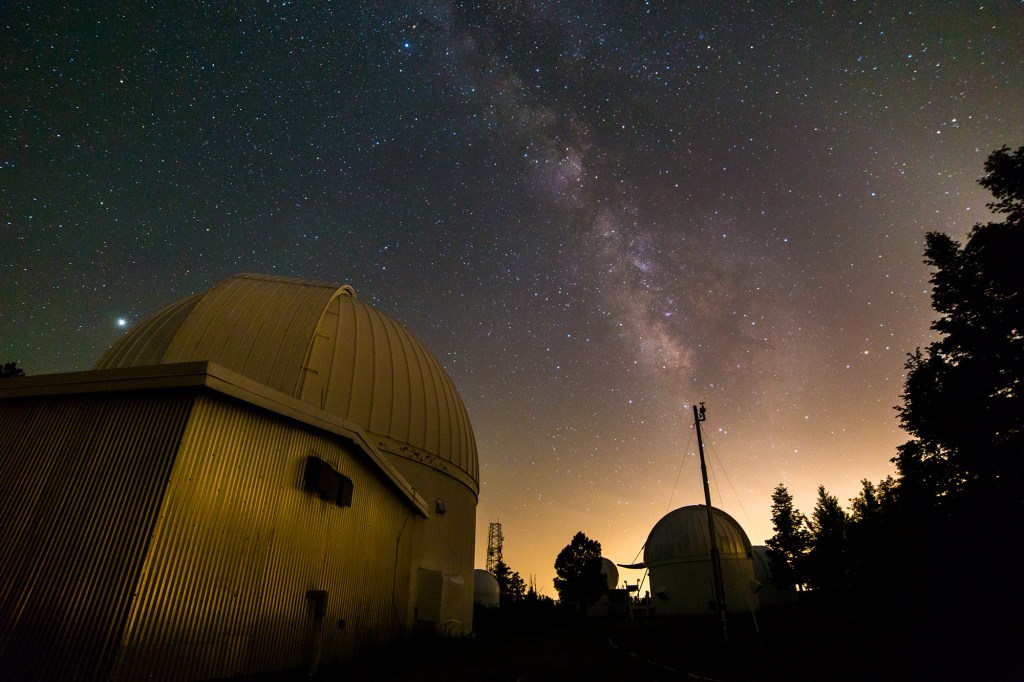
The Daily Minor Planet
Using data from the Catalina Sky Survey, look for asteroids and help spot potential Earth impactors.
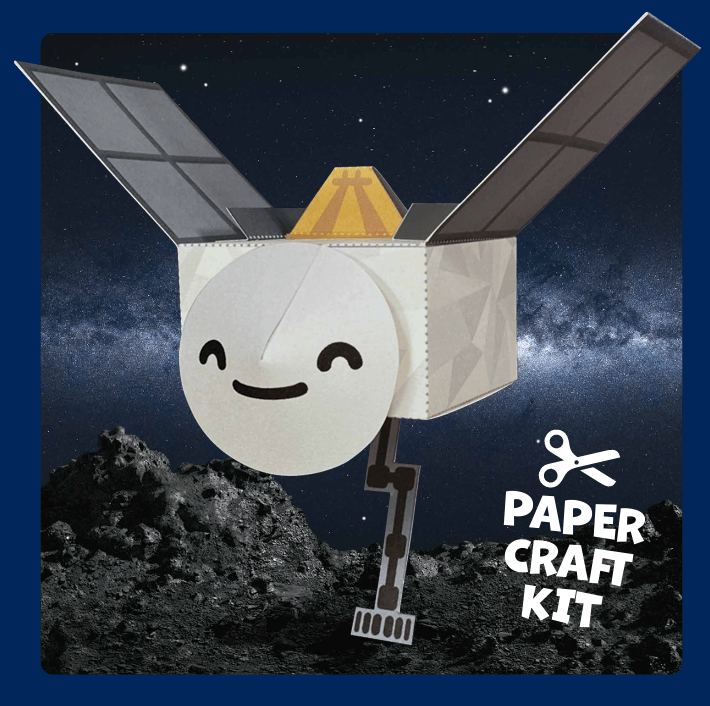
OSIRIS-REx Kooky Craftable
Experience the wonders of OSIRIS-REx by creating your very own spacecraft in paper craft form! Image courtesy: Kooky Craftables
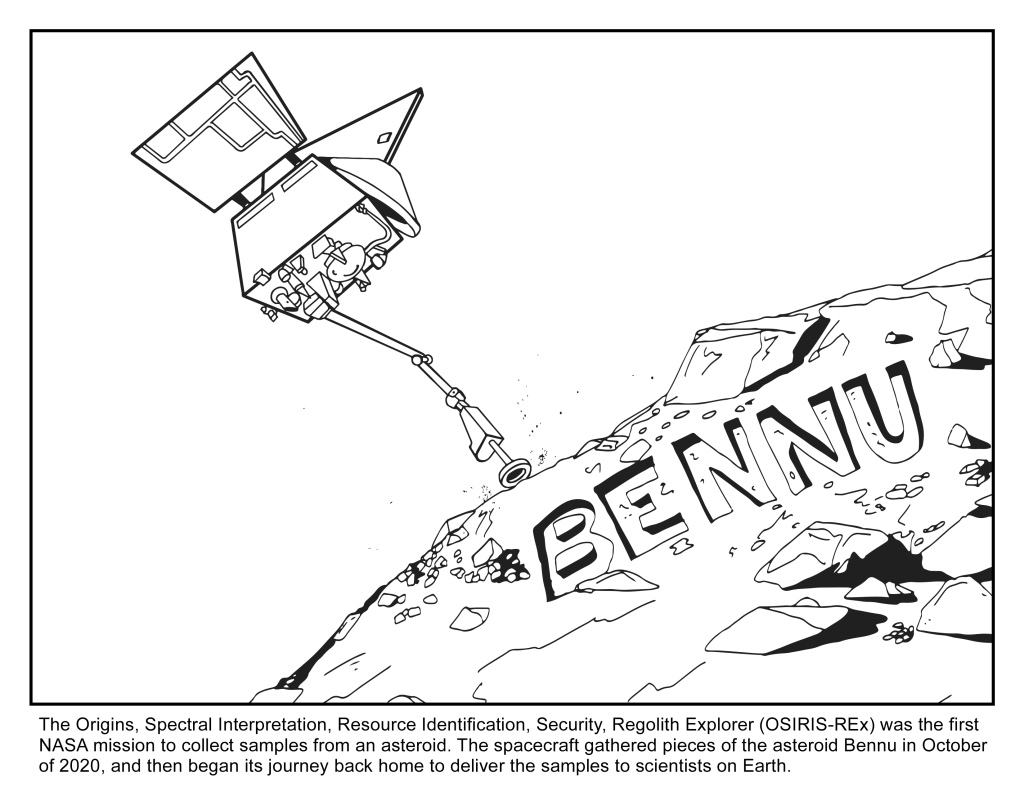
OSIRIS-REx Coloring Pages
Color illustrations of the OSIRIS-REx spacecraft exploring asteroid Bennu and returning to Earth with a precious asteroid sample.
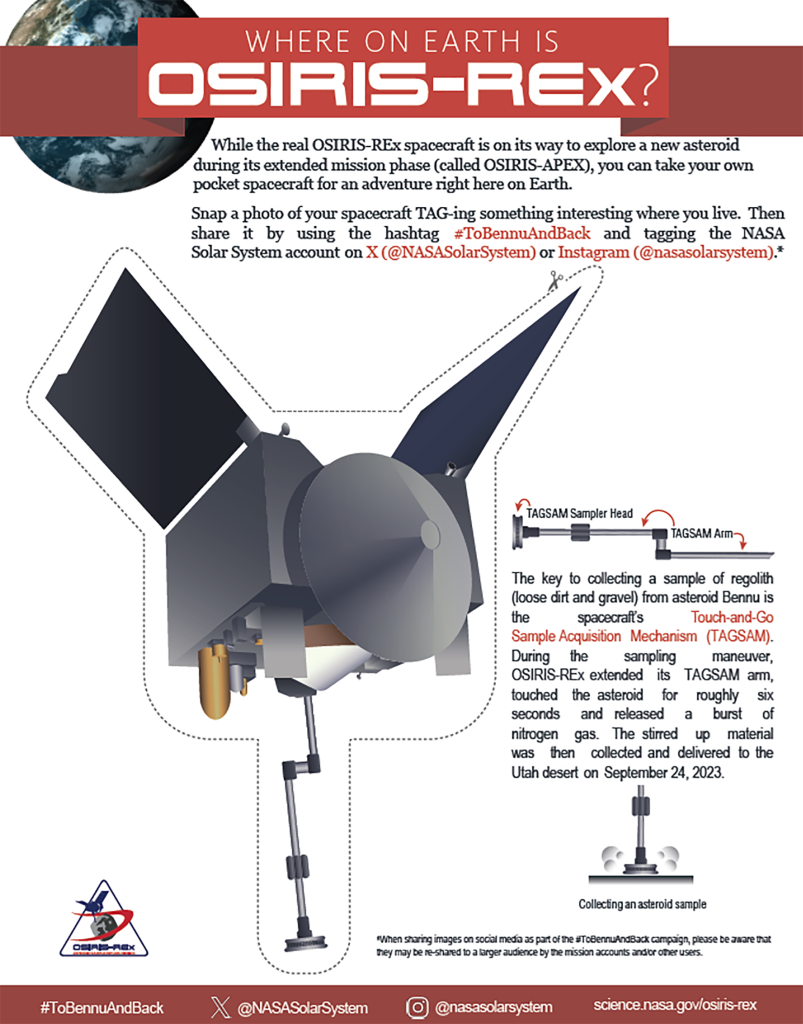
Pocket-Sized OSIRIS-REx
Download a pocket-sized version of OSIRIS-REx and take it exploring.

Make Your Own Asteroid
Make your own model asteroid at home using a variety of materials.
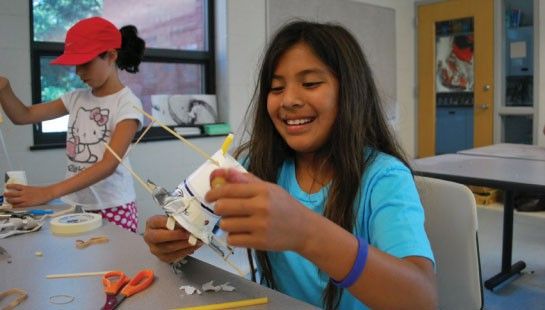
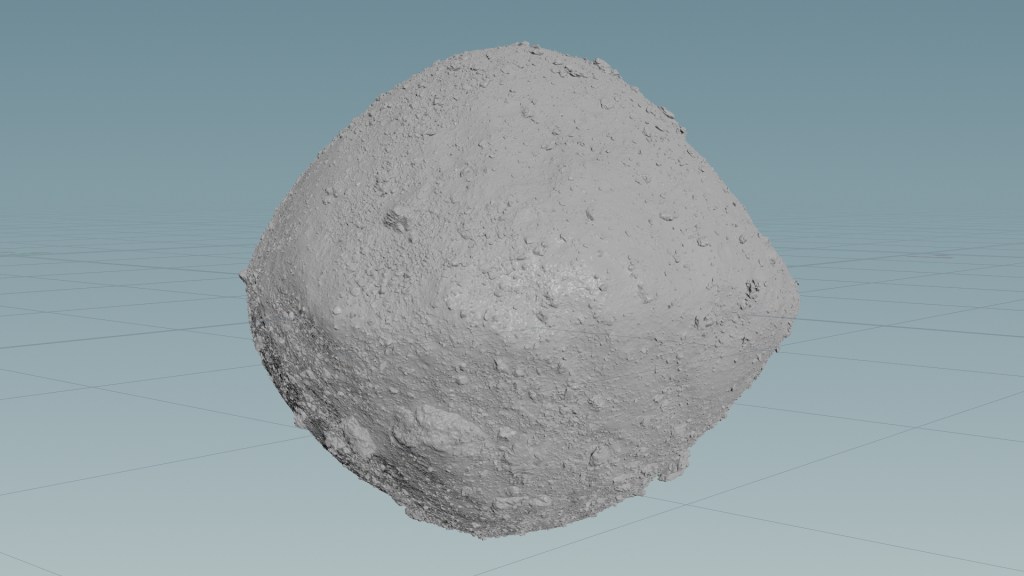
NASA’s Bennu Samples Reveal Complex Origins, Dramatic Transformation
Asteroid Bennu, sampled by NASA’s OSIRIS-REx mission in 2020, is a mixture of dust that formed in our solar system,…
Read the Story
Additional Resources

NASA Solar System Treks: Bennu
Check out these online portals and explore the surfaces of other worlds using real data returned from spacecraft. Visit Bennu now!

NASA's Eyes on Asteroids
This interactive app uses data to visualize the orbits of asteroids and comets.

OSIRIS-REx Mission Posters
Download OSIRIS-REx posters and collectibles from the University of Arizona.
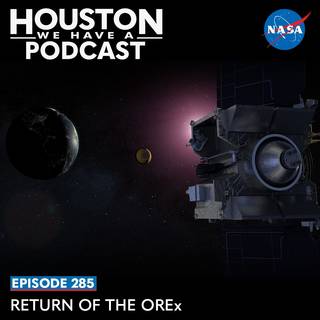
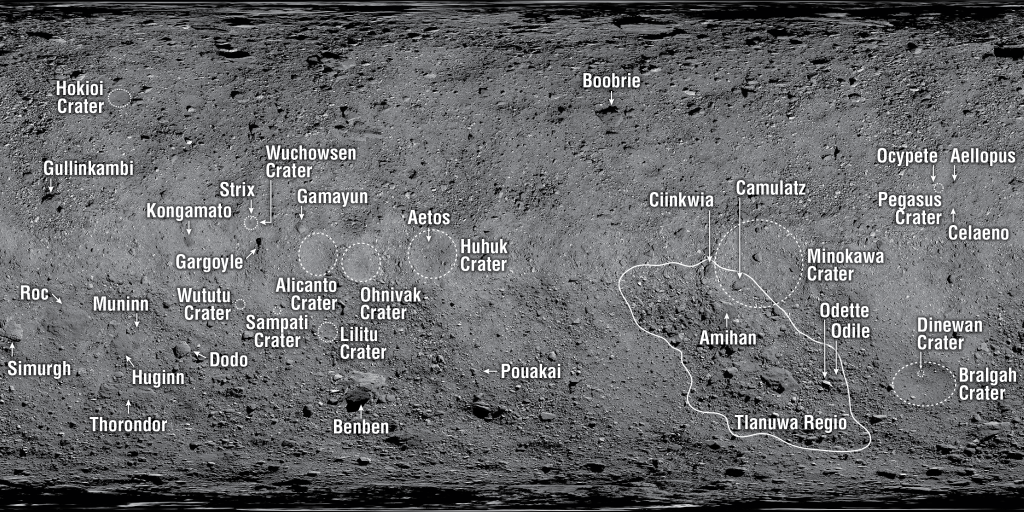
IAU Map of Bennu
Download a map of Bennu's features from the International Astronomical Union (IAU).

Asteroid Watch Dashboard
Track the next five asteroids making the closest passes by Earth.






























